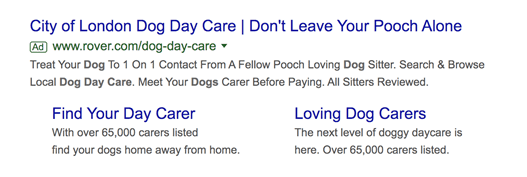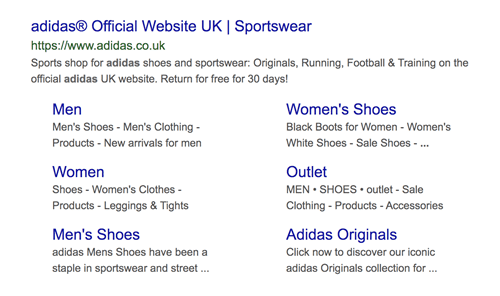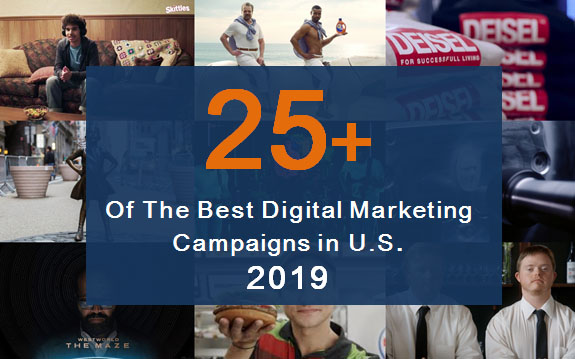5 Top Tips for Writing Effective Google Ads
Digital Advertising | Feb 04, 2020
Writing effective Google ads requires you to be an artist and a scientist.
Success is a combination of knowing what will draw your audience in and writing it down in a total of 300 characters or less.
If this seems beyond your reach, don’t panic. As a top Digital Marketing Agency in London, we’ve put together a list of our 5 top tips for writing successful and effective Google ads.

Photo by Kaleidico on Unsplash
The Top 5 Tips to Learn How to Write Effective Google Ads:
1. Mirror Your Audience
“What is their end goal?”
This is the first question you should be asking when it comes to your audience.
There are numerous ‘rules’ for writing ad copy, but first and foremost you need to be persuasive; to be persuasive, you need to be informative. Don’t waste valuable characters writing things that you and your audience already know.
For example, if your product is a moisturizer then you know that people searching are likely to be suffering from dry skin. Therefore, it doesn’t add anything to your ad to write “dealing with dry skin?” because you know the answer is “yes”.
Instead, direct your copy at the solution – “the ultimate fix for dry skin”.
Your ad should leave your audience informed on what your product is and how it will help relieve them of dry skin. And not only this but also why your product is superior to the other products being advertised.
Ads that give readers the solution to their queries are far more effective than ads that repeat their queries back at them.
A recent study found that changing the headline “Need To Sell Your Car?” to “We’ll Buy Your Car Today” resulted in a 30% increase in conversions.
Related Guide: The Ultimate Google Ads Guide | AdEspresso
2. Be Specific
This might sound like a simple one but it’s important to remember that your ad is in visual competition with the nine other ads on the desktop, or as few as four if your user is on mobile.
Your ad needs to stand out.
Ad copy that uses generic stats to promise real-life improvements is tired, and can easily become just one of many. It might not look as neat as a round number, but using true, specific numbers in your copy is actually more convincing.
Think about it, there’s not much chance that someone got exactly 6000 subscribers to their blog in one day. But 6312 subscribers in one day? That’s definitely more likely, and more believable.
Effective Google ads are an opportunity to show yourself off – if over half of your clients doubled their income in January, let people know!
Being specific doesn’t just relate to numbers. You can be specific about the things your business has achieved and use this to speak to your audience directly. Tell them how they too can get amazing results from your product or service.
You have limited space in Google ads, so you need to use what you’ve got to convey your message and make a connection with your target audience. Try to use words that address the needs and concerns of your potential customer.
For example, this search for “dog daycare” found the following:

An Example for Specifying Google Ads
The description lets us know that this is the best option for dog daycare by addressing potential concerns of the customer e.g. ensuring “1 on 1 contact” and “all sitters reviewed”.
3. Make It Personal
Being direct is essential for an effective ad. You want your ad to feel like the best answer to the searcher’s question.
Let’s refer back to the rover.com ad above; this ad repeatedly uses “your” throughout the headline and the description which is direct, and inclusive of the audience.
The eye likes direct language and ads that use it will stand out from the crowd.
The second-best word to use in advertising is ‘you’, and the best word is the customer’s name. Since Google ads don’t allow for the use of first names, we’ll have to settle for ‘you, your, I, we, us, and our’.
4. Look After Your Landing Page
Creating a great copy for your ad is one thing, but you have to make sure that your landing page is up to scratch too.
When creating ads, user experience should always be at the forefront of your mind. User experience needs to be accounted for all the way through the searcher’s journey, from query to ad copy to landing page.
If you have a call to action in your ad (which you definitely should) then your landing page needs to allow for the user to take that action immediately.
For example, if your ad is for air purifying house plants then your landing page should be the section of your website that sells air purifying house plants.
This kind of clean follow-through will boost the quality score and thus bring down your ad costs because the content is highly relevant.

An Example for an Effective Google Ad for Air Purifying House Plants

An Example for Landing Pages of the Air Purifying House Plants Google Ad
Related Article: The Best Landing Pages To Take Inspiration From
5. Use Ad Extensions
We cannot stress this enough – take advantage of Google’s ad extensions!
Google is great because it offers you the tools to make your ads really stand out…it’s almost like search engines earn money from the success of advertisements.
With so many extensions we won’t attempt to discuss them all. Instead, we will just highlight a few that we think are extra-handy.
Let’s start with sitelinks.
What Are Sitelinks?
Sitelinks are additional text and links that show with your ad copy. When used effectively, sitelinks should offer direct support to your ad copy and work as a sort of website navigation tool.
If people make a broad search like ‘Adidas’, sitelinks can help users instantly refine their search and direct them to the part of the website that is most relevant to them.

An Example for Sitelinks
There are also a series of simple extensions available for Google Ads that are great for giving your audience that extra information.
- Call extensions allow you to add your phone number to grant users an instant point of contact.
- Location extensions allow you to include, you guessed it, your location in your ad. Your ad will contain a Google map link so that searchers can easily find you.
- Offer extensions allow you to include current promotions in your ad. Letting your customers know that they can get “80% off everything in January” is a sure-fire way to entice some clicks!
There are other variations of ad extensions but the point we’re making is that they are built for your benefit and offer a simple way to upgrade your ads, so you should make the most of them!
According to Google, advertisers make $8 for every $1 they spend on Google ads – seems like a pretty good deal.
Now you’ve got the tools to write successful and effective Google ads.
Warning: Undefined array key "sidebar_ads" in /home/dmc/public_html/wp-content/themes/DMC/functions/helpers.php on line 824






